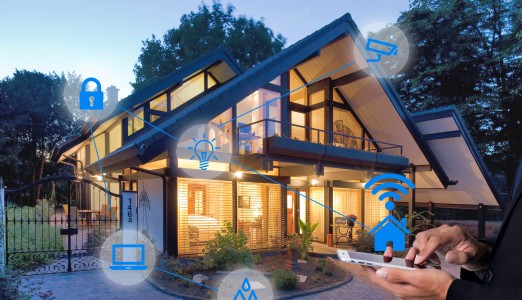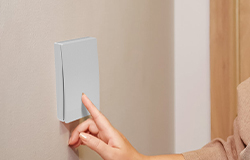Integrated rooms are suitable for office areas or temporary areas in factories, and their presence improves the utilization of space and saves labor and time. However, most of the integrated rooms have the characteristic of being temporary, and it is troublesome to install and remove the circuits, so how to create an integrated room that meets the flexibility and utilization of space at the same time? That's what this post is going to explore.
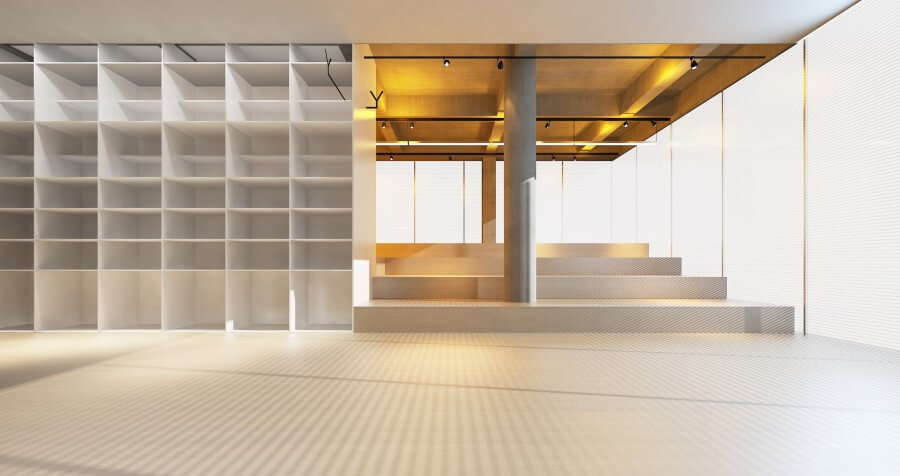
The building sector accounts for nearly half of the world's energy consumption. There is room for a gain in efficiency. If building technology is geared to actual demand, significant reductions in energy consumption are possible. This requires an integrated implementation, and the user must be placed at the center of an overall solution that is safe in terms of investment.
The biggest feature of the integrated house is its specialized design, which fully meets the requirements of people for a living, such as housing insulation, heat resistance, sound insulation, etc, Integrated housing is not only specialized but also standardized modular and universal, integrated housing can be used to live with people can also be used to store goods, in the process of storing goods can be based on the nature of the goods to choose, for example, some easy to humid items such as Rice, etc. can choose a strong heat-resistant wall to prevent air convection inside the house to produce water vapor.
Using wireless kinetic energy products for integrated rooms can further increase space utilization and flexibility, all in one fell swoop. You can also automate your building with wireless kinetic products. As we all know, wireless kinetic energy products are products that do not use electricity and rely on energy collection modules to complete energy conversion and thus achieve control effects. Therefore, for smart control of integrated rooms, wireless kinetic switches are a good choice.
The first is the wireless kinetic switch for the control of lamps and lanterns. Integrated house line arrangement compared to the general building, is more complex, It is not more than ordinary houses can be punched in the wall at will or use the line cover to cover it, The integrated house lines are stipulated, which means that in the process of installation, the line is fixed, then the location of the switch is also fixed, which greatly restricts the flexibility of the integrated house. With the wireless kinetic energy switch, you only need to connect the controller on the line, and then you can easily realize the control as you go, which is less obstructive to the later changes.
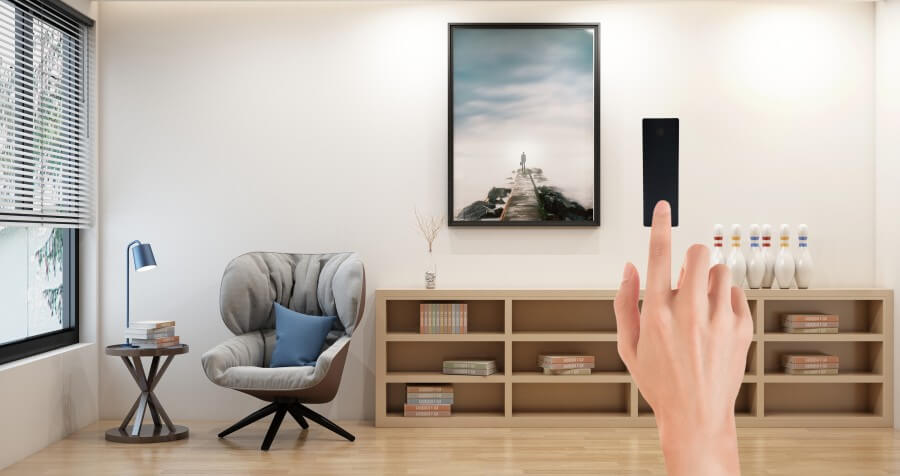
With its worldwide network and decades of project experience, we can support planners, architects, and system integrators with overall automation planning, technical implementation, and system updates.
From critical environments in hospitals to production facilities, and commercial office buildings with flexible room concepts and digital user requirements, intelligent building automation can be realized. The result is intelligent spaces Where people can feel comfortable and control energy efficiency.

 CN
CN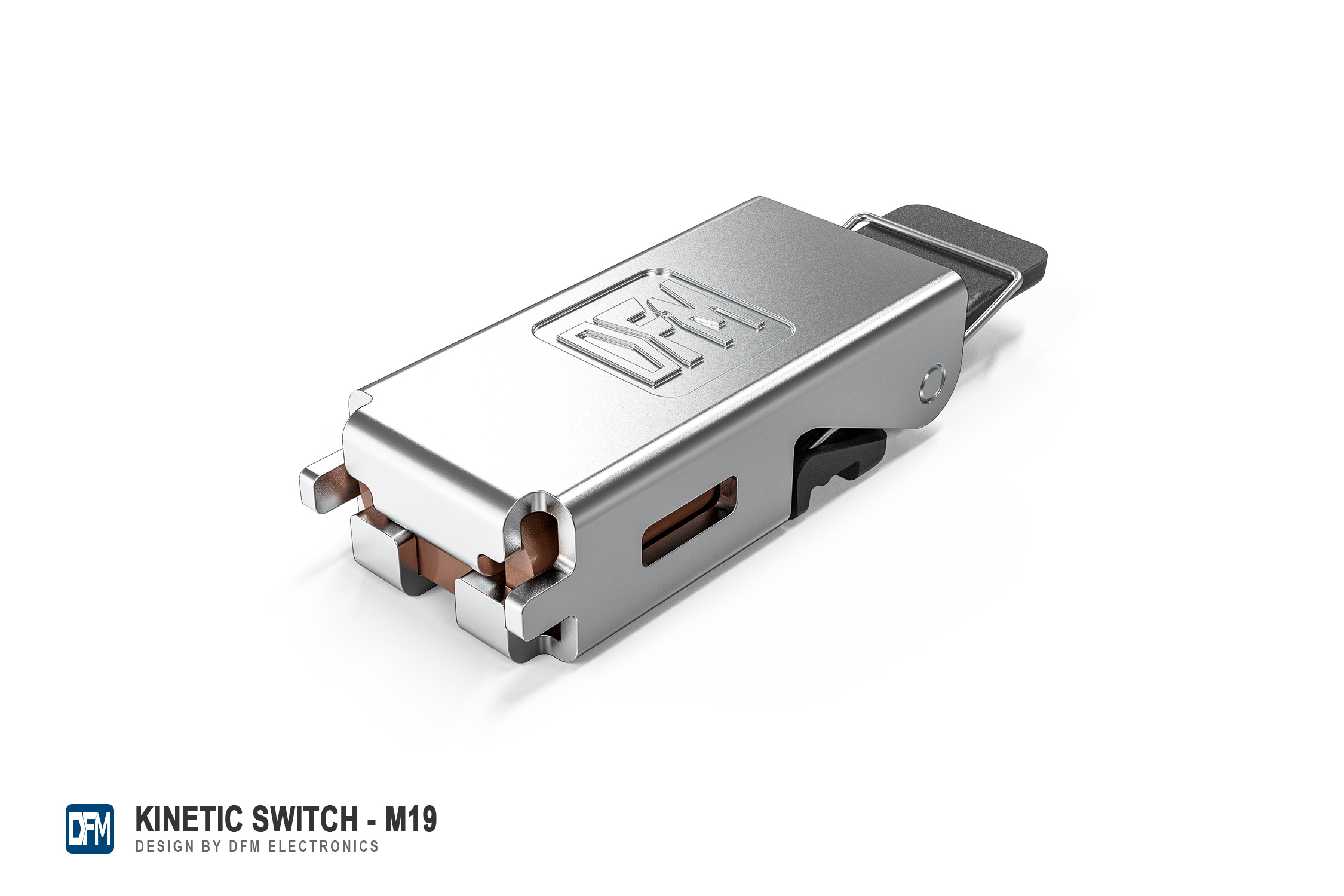
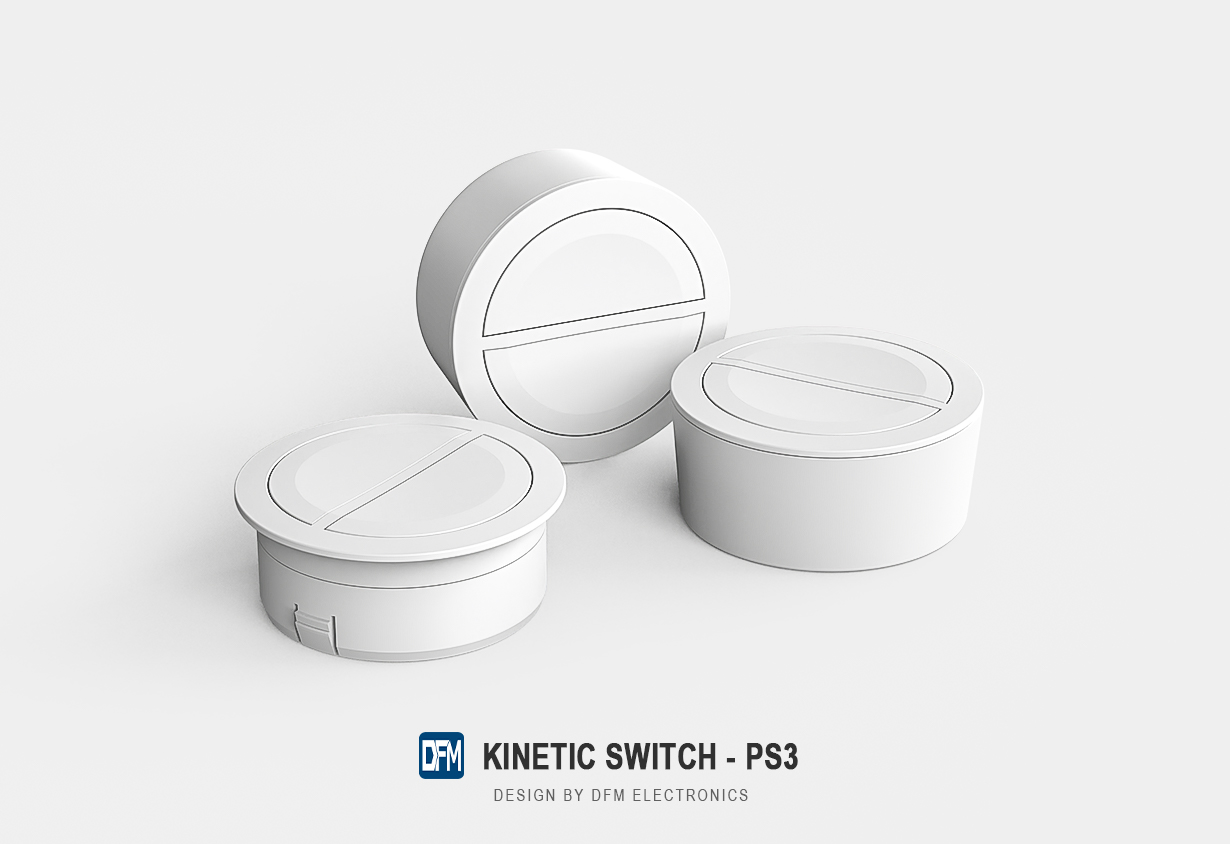
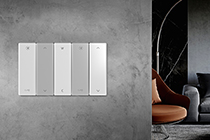
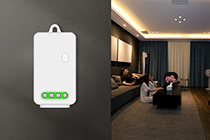

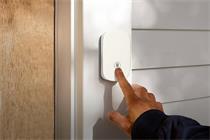







 Home
Home DFM
DFM  Sep 11,2023
Sep 11,2023 
 What will you get when you buy a wireless kinetic energy switch?
What will you get when you buy a wireless kinetic energy switch? 
 Sep 01,2023
Sep 01,2023 



